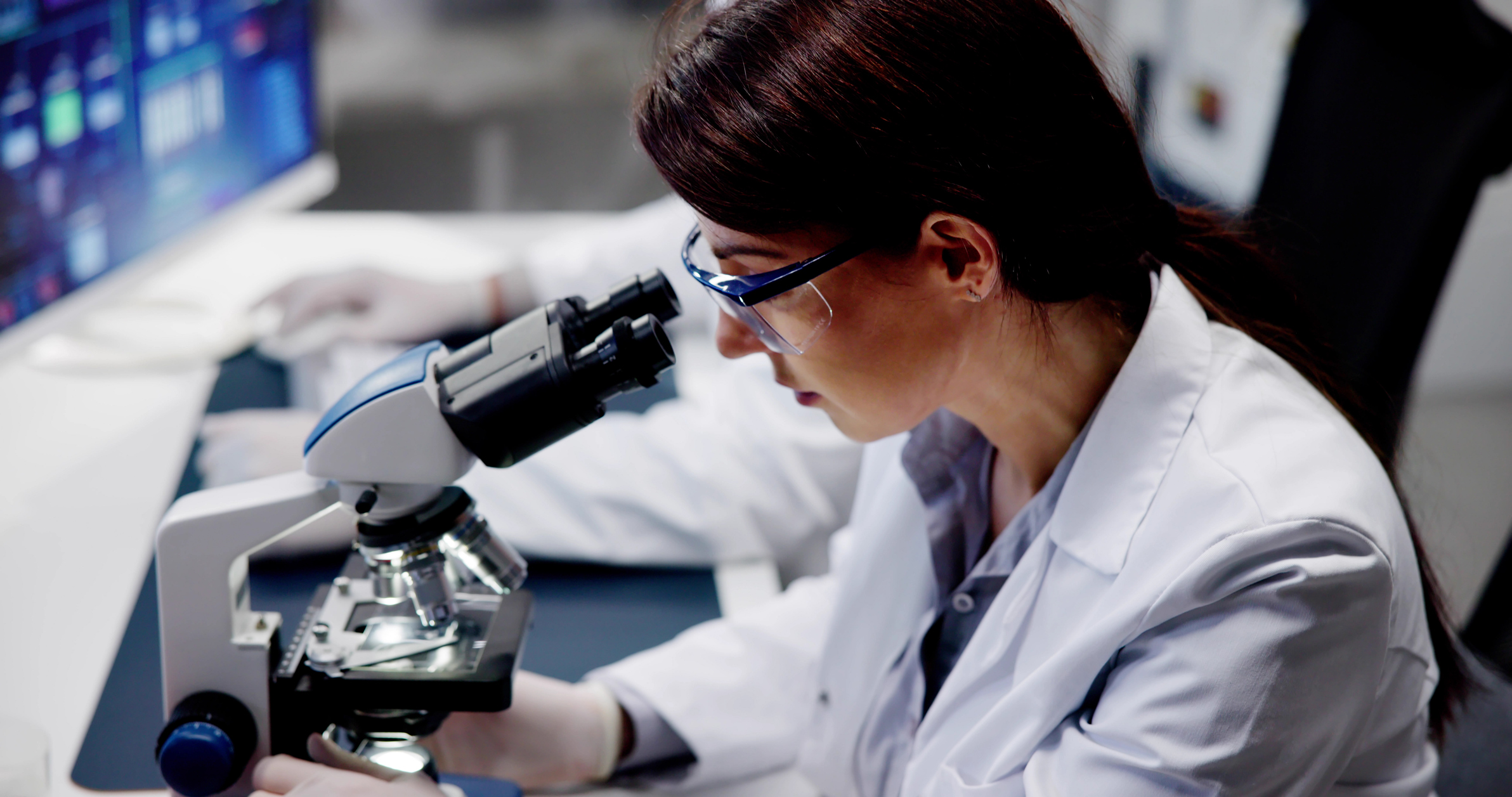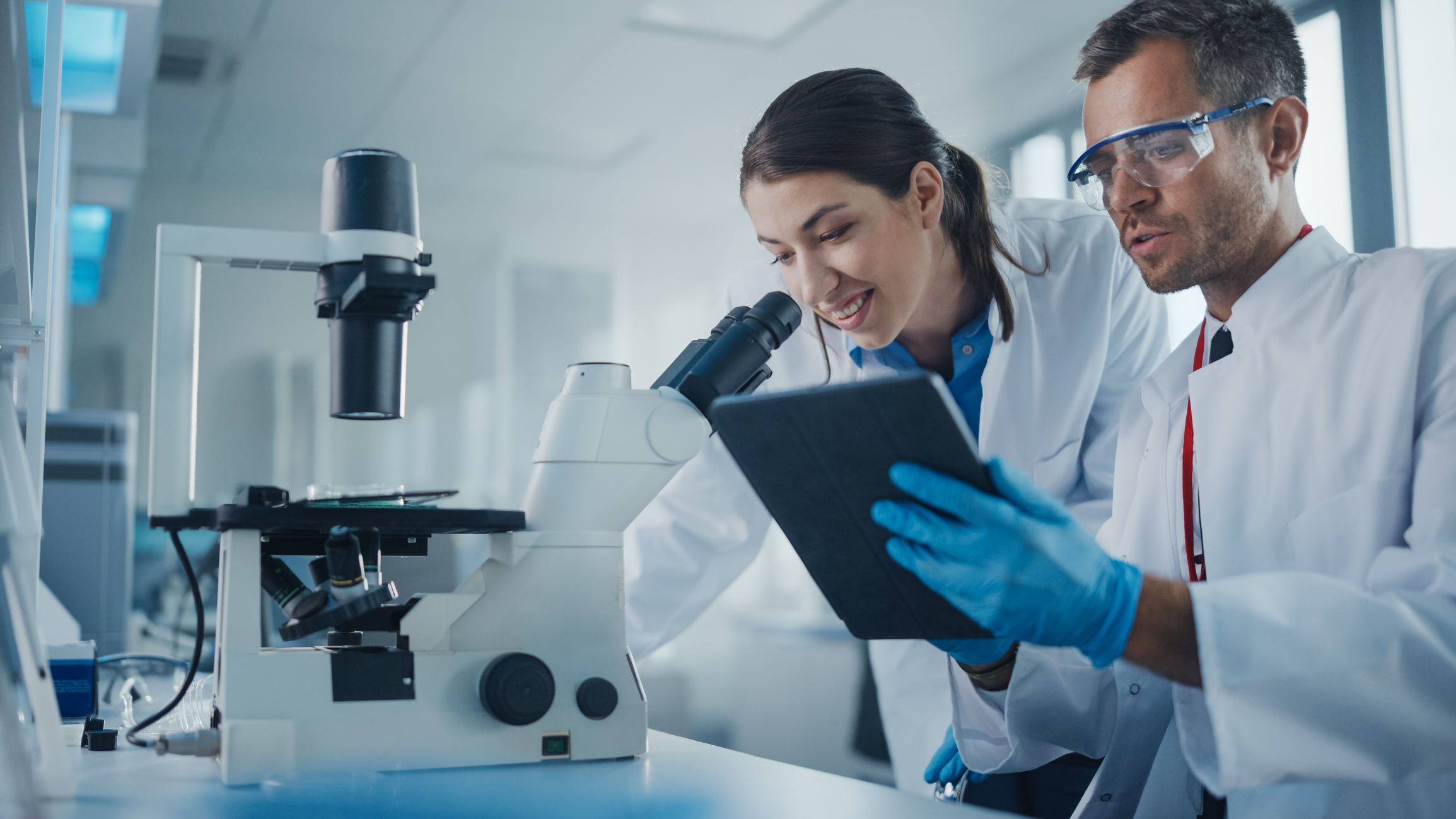
What is Animal Research?
The first step in animal research is discovering which processes are off-normal that create a disease state. It also identifies the drivers or causes that make those normal mechanisms fail. Animal research pinpoints the genes that are involved in regular disease states. In some cases, there may be dozens of genes that are contained within a normal pathway. Scientists conduct animal research to figure out what the impact might be of any number of possible genetic mutations.
What is Animal Testing?
Animal testing is only a small part of animal research; however, it is required by law that new medications go through animal testing before approval.
This type of testing focuses on understanding four facets:
- Pharmacokinetics: This is the direct effect the body has on the drug.
- Pharmacodynamics: Similar to pharmacokinetics, this is the effect the drug has on the body.
- Efficacy: If the drug has a moderating or curative effect on a disease.
- Safety or toxicity: Researchers must test if the drugs are safe and non-toxic before they become part of a human clinical trial.
Tracking this data is critical for drug discovery as it helps scientists predict how medications might impact human beings. Without animal testing, drug candidates’ first tests would be done on people, significantly increasing risks to human life. Once this information is collected, it is entered into animal research LIMS software for analysis.
What Does LIMS Stand For?
What are the Benefits of Using Animals in Research?
How Does the Drug Development Process Work?
The drug development process starts with identifying a target associated with a disease. This may be DNA or a protein in a biochemical pathway. Drug discovery focuses on finding candidate compounds, or test articles, that bind with the target and may impact the disease. The discovery phase includes animal research to determine if the compound is efficacious and non-toxic. Following the discovery stage of the process, the development phase takes over after locating candidate compounds. Drug development aims to find the best formulations and methods of administering the drug and use clinical trial testing to understand how it works in humans.
To do so, scientists use in vivo animal testing to answer basic questions about a drug. In vivo studies generate enormous amounts of data that must be carefully managed with animal research LIMS software. From there, labs move on to clinical research which uses humans to test medication. Once that is complete, the drug is brought to the U.S. Food and Drug Administration (FDA) to review.
Scientists conducting any lab animal research or testing follow the 3 R’s: replace, reduce, refine. Replace focuses on finding ways to get the data that does not include animals or reuse statistics that already exist. For example, scientists might use cell lines, in vitro, rather than whole animals to test if a compound has a toxic impact on the cells. Reduce attempts to use fewer animals for an experiment and refine aims at minimizing the experiments to capture only the data needed with minimal impact on the animal.
Advance Your Animal Research with RockStep Solutions
Without animal research, it would be impossible to make medical science progress. At RockStep Solutions, we continue to advance in technologies and transformative ideas through animal research and testing. Interested in learning more about our drug discovery LIMS software or veterinary care? Contact RockStep Solutions today.




